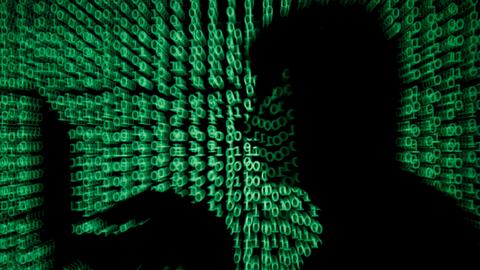Intel 11th Gen vPro Chips Adds Hardware-Enabled Ransomware Detection.
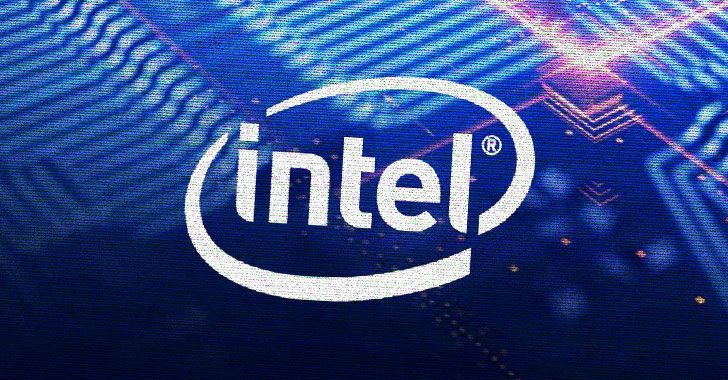

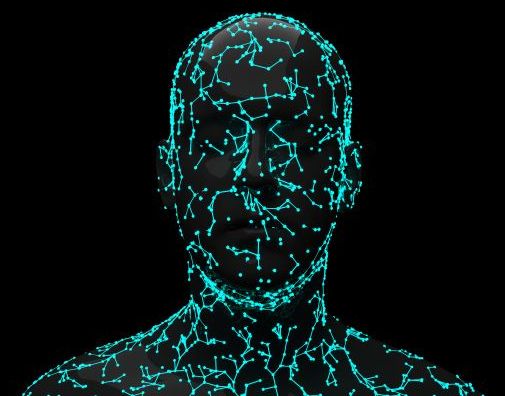
The maker of a defunct cloud photo storage app that pivoted to selling facial recognition services has been ordered to delete user data and any algorithms trained on it, under the terms of an FTC settlement.
The regulator investigated complaints the Ever app — which gained earlier notoriety for using dark patterns to spam users’ contacts — had applied facial recognition to users’ photographs without properly informing them what it was doing with their selfies.
Under the proposed settlement, Ever must delete photos and videos of users who deactivated their accounts and also delete all face embeddings (i.e. data related to facial features which can be used for facial recognition purposes) that it derived from photos of users who did not give express consent to such a use.
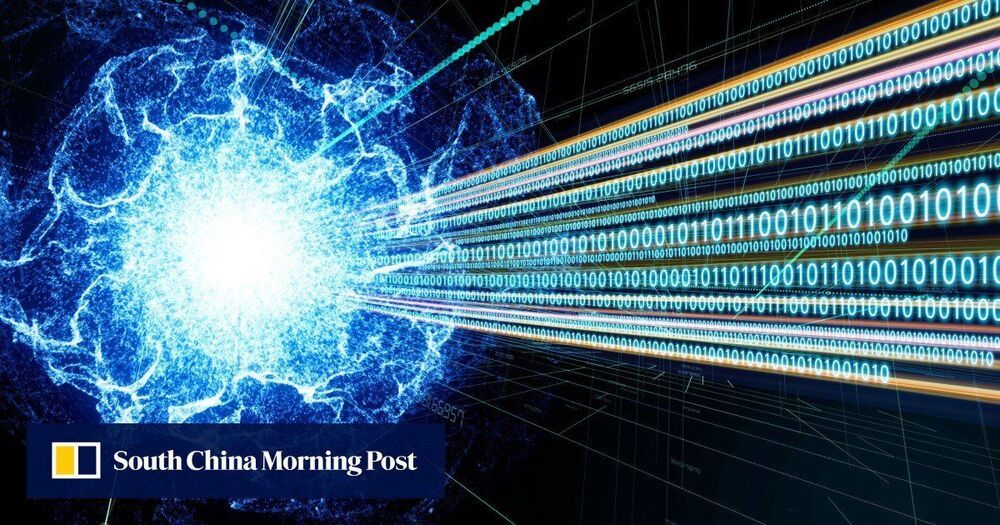


Deep learning has come a long way since the days when it could only recognize handwritten characters on checks and envelopes. Today, deep neural networks have become a key component of many computer vision applications, from photo and video editors to medical software and self-driving cars.
Roughly fashioned after the structure of the brain, neural networks have come closer to seeing the world as humans do. But they still have a long way to go, and they make mistakes in situations where humans would never err.
These situations, generally known as adversarial examples, change the behavior of an AI model in befuddling ways. Adversarial machine learning is one of the greatest challenges of current artificial intelligence systems. They can lead to machine learning models failing in unpredictable ways or becoming vulnerable to cyberattacks.

The agency said the malware has already compromised more than 150 organizations and provided insight into its ransomware-as-a-service behavior.
The FBI has alerted companies in the private sector to a spate of attacks using the Egregor ransomware. The malware currently is raging a warpath across businesses worldwide and has already compromised more than 150 organizations.
The agency issued an advisory (PDF) that also shed new light and identifies the innerworkings of the prolific malware, which has already been seen wreaking indiscriminate havoc against various types of organizations. Bookseller Barnes & Noble, retailer Kmart, gaming software provider Ubisoft and the Vancouver metro system Translink all are known victims of the ransomware.
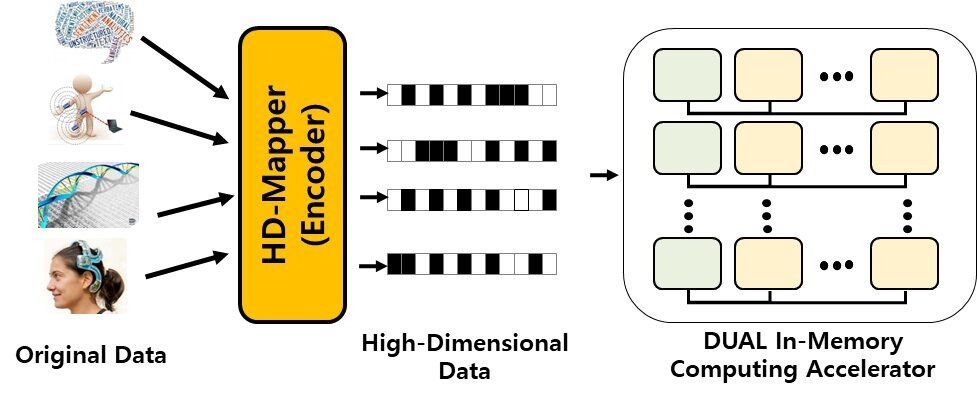
Scientists at DGIST in Korea, and UC Irvine and UC San Diego in the US, have developed a computer architecture that processes unsupervised machine learning algorithms faster, while consuming significantly less energy than state-of-the-art graphics processing units. The key is processing data where it is stored in computer memory and in an all-digital format. The researchers presented the new architecture, called DUAL, at the 2020 53rd Annual IEEE/ACM International Symposium on Microarchitecture.
“Today’s computer applications generate a large amount of data that needs to be processed by machine learning algorithms,” says Yeseong Kim of Daegu Gyeongbuk Institute of Science and Technology (DGIST), who led the effort.
Powerful “unsupervised” machine learning involves training an algorithm to recognize patterns in large datasets without providing labeled examples for comparison. One popular approach is a clustering algorithm, which groups similar data into different classes. These algorithms are used for a wide variety of data analyzes, such as identifying fake news on social media, filtering spam email and detecting criminal or fraudulent activity online.


A ransomware attack has crippled the city’s teacher discipline system, The Post has learned.
A contractor that provides hearing transcripts for the city Department of Education, the Ubiqus Group, said it “was hit by a ransomware-type cybersecurity incident” on Dec. 4.
“As a precautionary measure, we have shut down all our IT systems across all our operating sites,” the company announced on its website.
